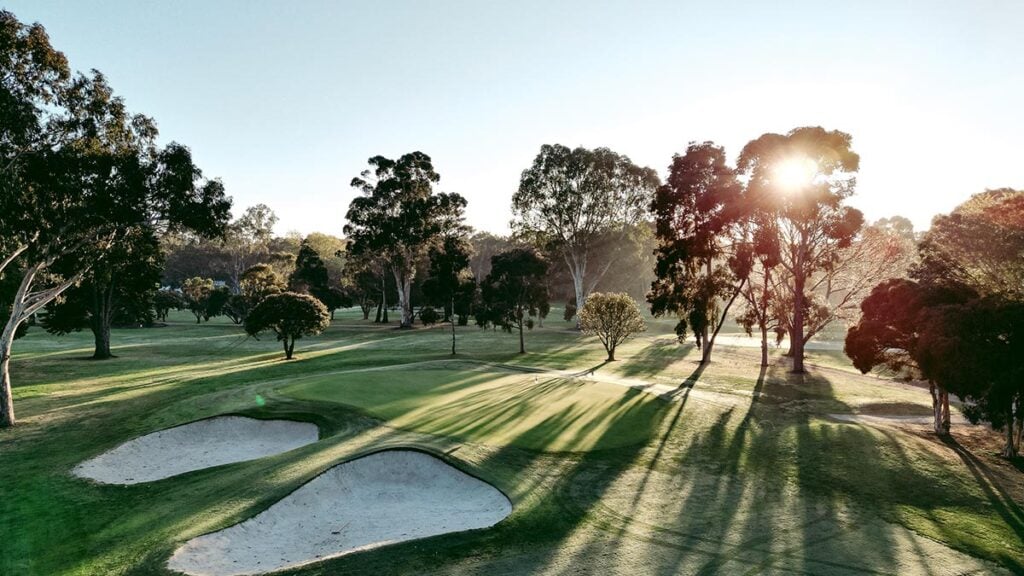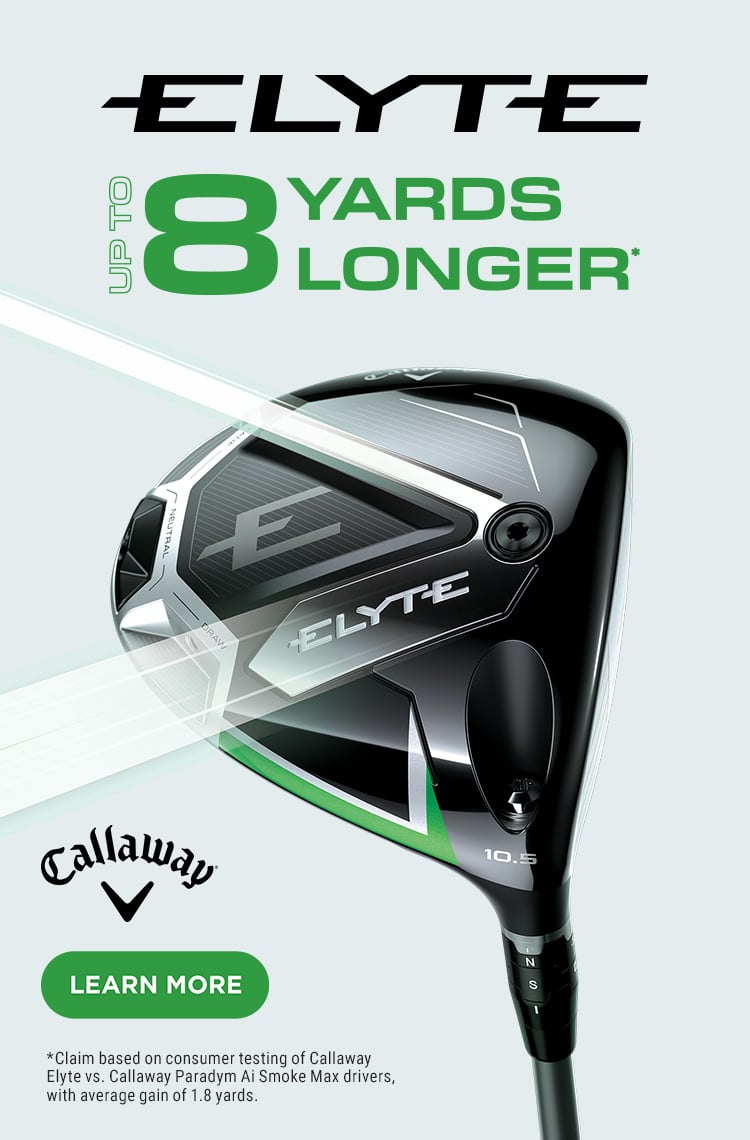WHAT YOU NEED TO KNOW: Titleist’s wedge team, led by master craftsman Bob Vokey, believes there are three keys to great wedge play: shot versatility, distance and trajectory control, and maximum spin. All three have been addressed in Vokey’s latest creation, the SM10.
PRICE: Titleist Vokey SM10 wedges will be in stores from March 8 with fittings from February 15. The price is $329 per wedge in steel shaft ($NZ369) and $354 in graphite ($NZ393). It comes in four finishes: Tour Chrome, Jet Black and Nickel, plus a Raw finish that is only available through custom order (for $379/$NZ419 in steel and $404/$NZ443 in graphite).
3 COOL THINGS
1. Versatility is key. It would be easy to look at the extensive loft/bounce/grind line-up of Titleist’s new Vokey SM10 wedge lineup – 25 in all – and think that’s the story. There’s more to it than choice, however. Straighter leading edges on the pitching and gap wedges and more rounded ones on the sand and lob-wedge lofts provide the right amount of flexibility players need to pull off a variety of shots.
“Grinds are a performance technology,” Vokey is fond of saying. “Finding which one is right for you has a direct impact on your short game and score. It takes some education. You need to know how you swing, what conditions you play in most often and understanding how various grinds can benefit you. Remember, your swing travels with you.”
As such, the SM10 offers six grind options ranging in lofts from 46 to 62 degrees. If you’re unsure, Vokey offers a starting point recommendation: go with more bounce in the sand wedge and less bounce on the lob wedge.
2. Dialling it in. Contrary to popular belief, you don’t simply want to hoist your wedges as high in the air as possible. In fact, tour pros prefer a slightly lower flight as it is more controllable from a distance and trajectory standpoint. To help produce the desired contact for such a flight – typically between the second and fifth scoreline – a progressive centre of gravity position, achieved via the use of shorter hosel lengths and a smaller head profile, is employed in the 46 to 52-degree lofts. Tour player feedback also brought about a desire to shift the CG on these lofts slightly closer to face centre to produce a more solid feel while reducing draw bias.
In the higher lofts the goal was to also lower flight while helping the clubhead square at impact. By using longer hosel lengths and thicker toplines, Vokey was able to shift the CG up (which creates a lower trajectory) and slightly more forward, enabling the face to square more easily.
3. Maxing out spin. The SM9 featured the first major groove revision since the SM6 and that groove is retained for the SM10. A “spin milled” cutting process is employed, using a cutter that creates the entire scoreline instead of a partial scoreline. The result is tighter manufacturing tolerances for a more consistent scoreline edge radius, allowing for the grooves to be sharper and closer to the R&A and USGA limit. The edge radius is rounded so the edge lasts longer. That, coupled with a heat-treatment process, helps with spin retention. Micro-grooves are then cut between the grooves to add spin on partial shots.
In its first week on the PGA Tour, the SM10 was the most played wedge at season-opening Sentry tournament, with 20 players making the immediate move to the new models, including Jordan Spieth, Max Homa, Wyndham Clark and Ludvig Aberg.




